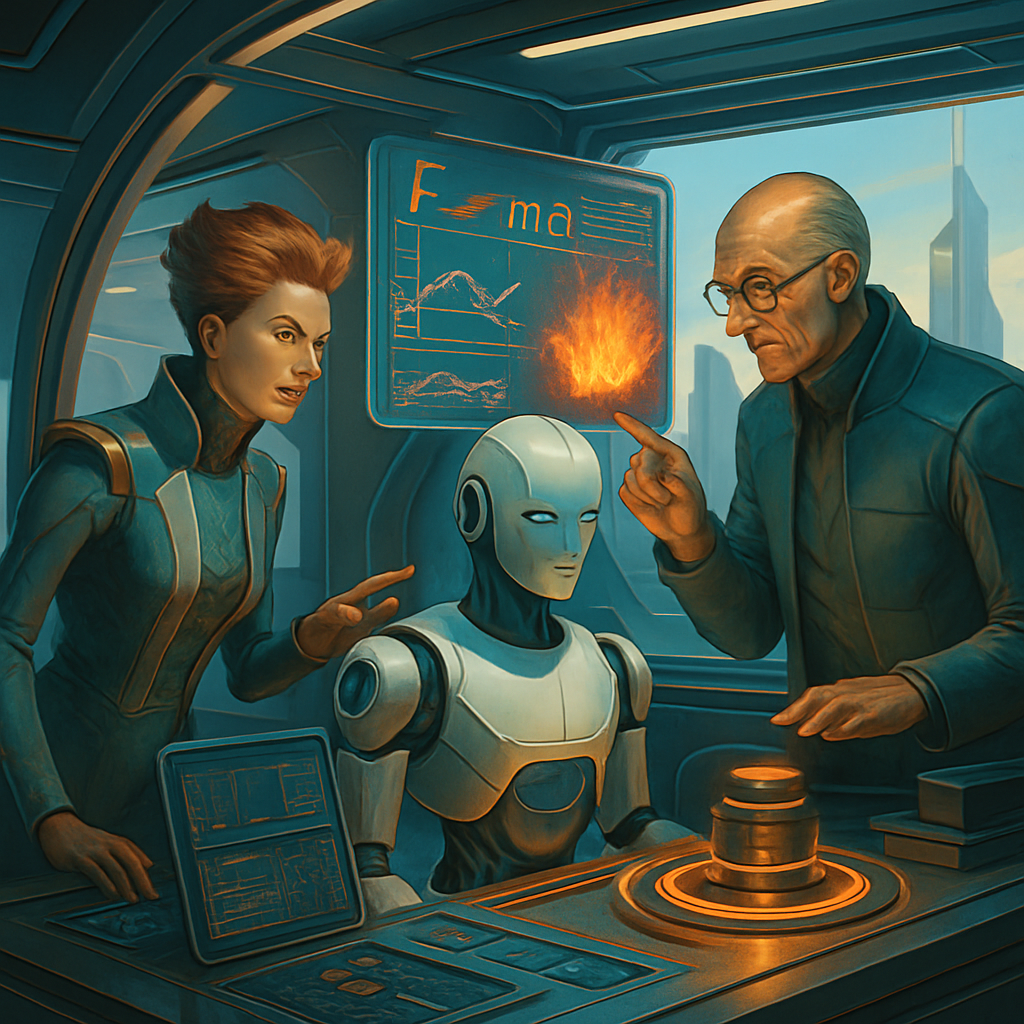Enhancing AI Performance and Intelligence—Physics Lends a Helping Hand!

“How to Make AI Faster and Smarter—With a Little Help from Physics”
“Instead of training a machine-learning algorithm, like a neural network, on a vast data set of images so it can learn to discern patterns and classify different types of objects, these researchers are trying to teach it the laws of physics. They believe this could ultimately help artificial intelligence make predictions about things it hasn’t seen before.”
So, pulling the strings behind the scenes is the dream, correct? This philosophy has been taken up by a bunch of nerdy researchers who decided to take the scenic route and teach artificial intelligence (AI) the laws of physics.
Let’s chew the fat there. Instead of making machine-learning algorithms go through a daunting pile of image data to pick out patterns, these researchers just thought, “How about slipping it a few laws of physics instead?”
The end game? They are hoping this will help our AI fella predict things it hasn’t seen before. Quite like teaching a toddler that the stove is hot without letting them touch it. Maybe this is a parenting class for our robot overlords?
By using physical models alongside conventional learning algorithms, these savvy scientists are creating efficient systems that use less data and provide faster and more accurate results. Imagine the possibilities! AI could potentially diagnose diseases, predict climate change patterns, and even beat its creator at their own favourite video game.
However, the combo of physics and AI is not a one-shot miracle fix. One of the swarm, Kyle Cranmer at New York University, even suggested that this could turn into a game of hot potato. Physics is, after all, infamous for its outdated models that haven’t caught up with quantum realities just yet. Employing outdated model rules could backfire. It’s a classic case of GIGO – Garbage In, Garbage Out.
But despite the potential pitfalls, the promise of exceptional accuracy and computational efficiency has our genius society hooked. If the AI can predict things based on a comprehensive understanding of the universe we operate in, we might just be onto something. Perhaps we’re soon looking at AI models with the predictive acuity of the ancient Oracle of Delphi, minus the mystical gibberish.
Yes, the fusion of physics and AI is still in its infancy, and teething troubles are very much a part of the deal. But, it’s a powerful potential tool. It could either end up as the biblically promised prodigy child or, let’s say, the Frankenstein’s monster of the tech world.
All said and done, an AI that’s out there learning the laws of physics is an intriguing prospect. It’s like teaching a dog how to operate a television remote; it might not quickly get the hang of it, but once it does, get ready to have Animal Planet on a never-ending loop.
Whether physics and AI prove to be a perfect duo or not, these researchers’ endeavour to teach physics to AI speaks volumes about the audacity to experiment, explore, and push boundaries. And nudging the limits is what the tech world is all about, right?
